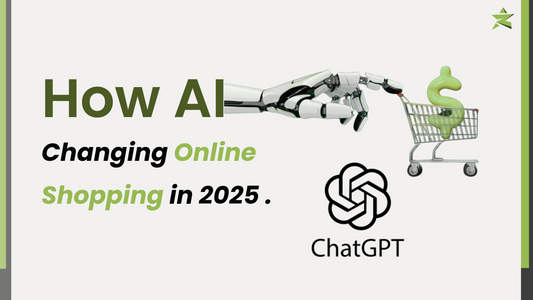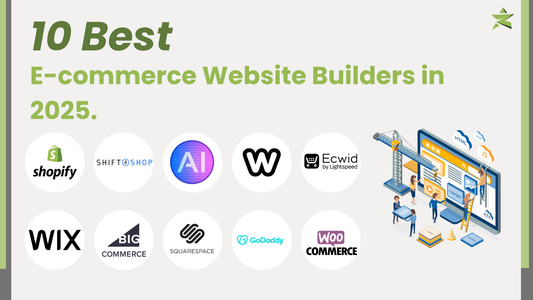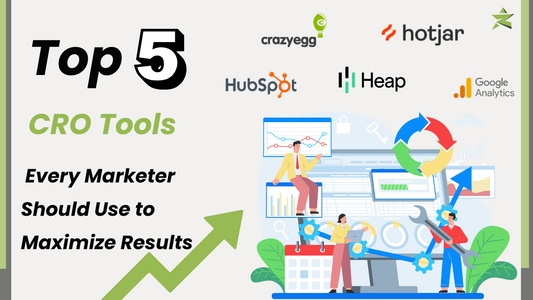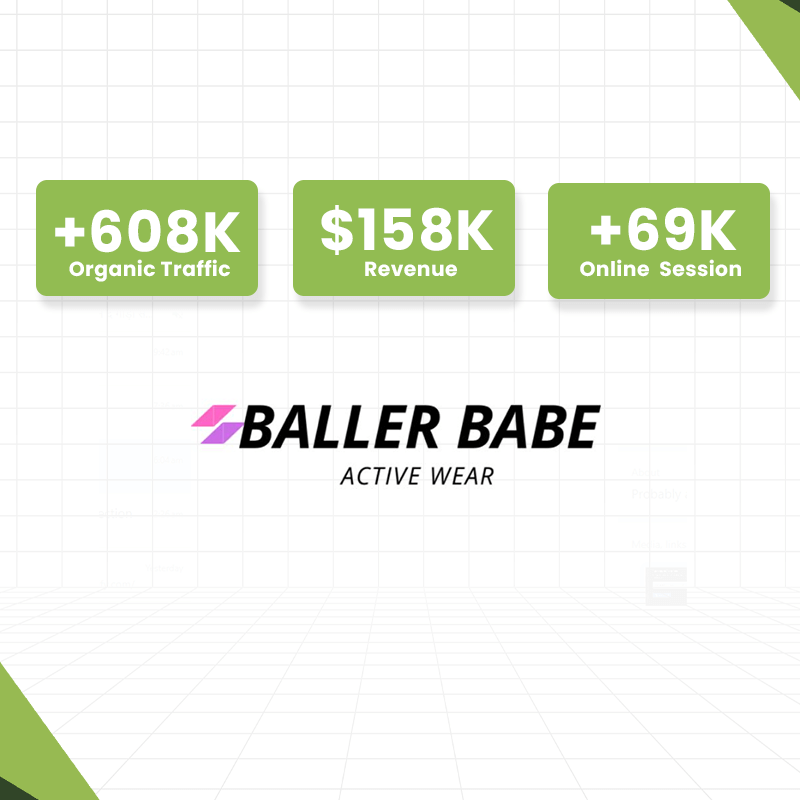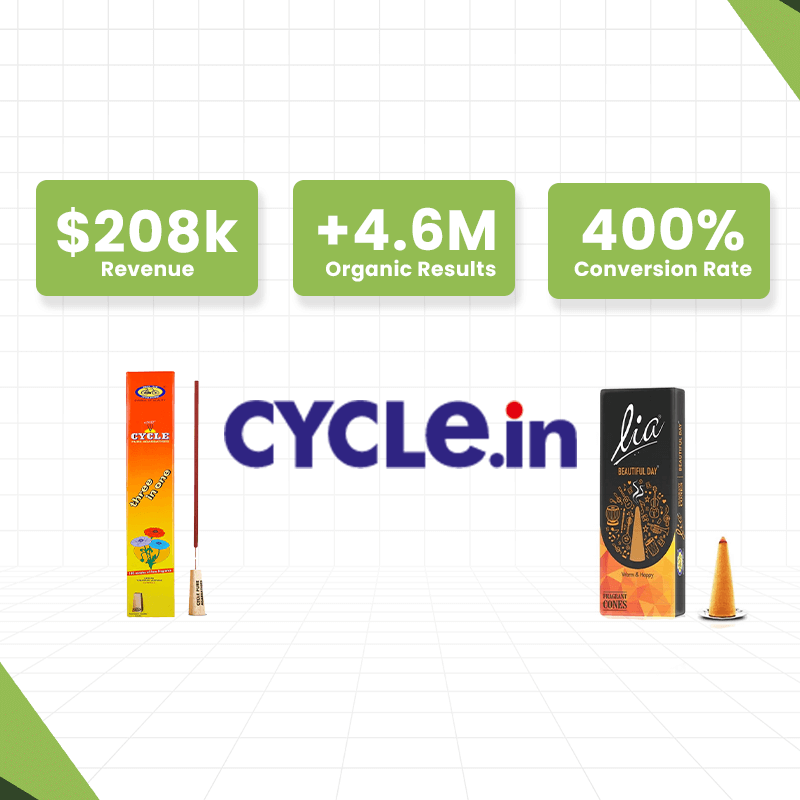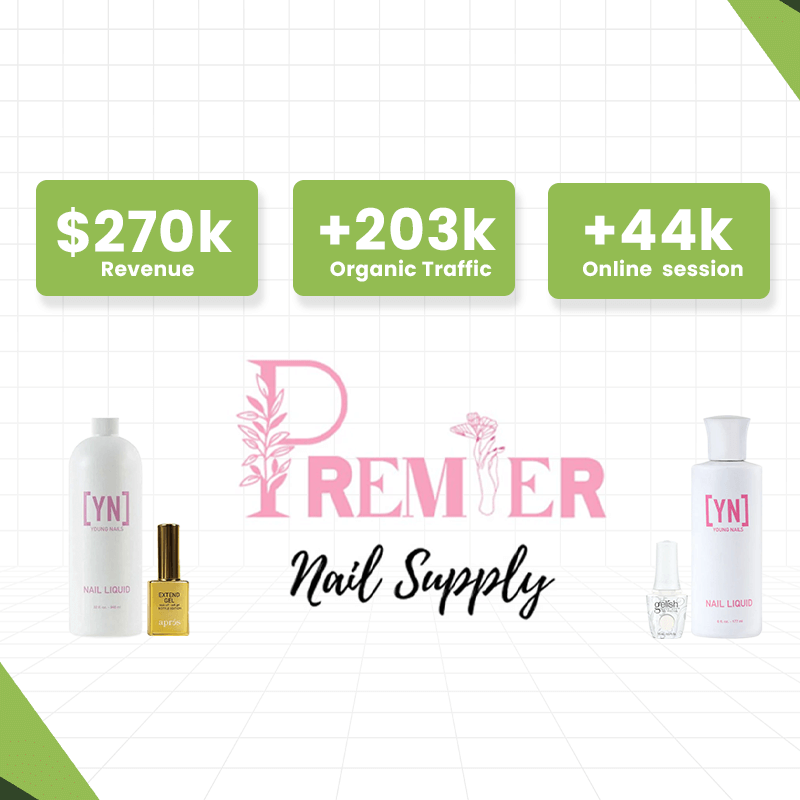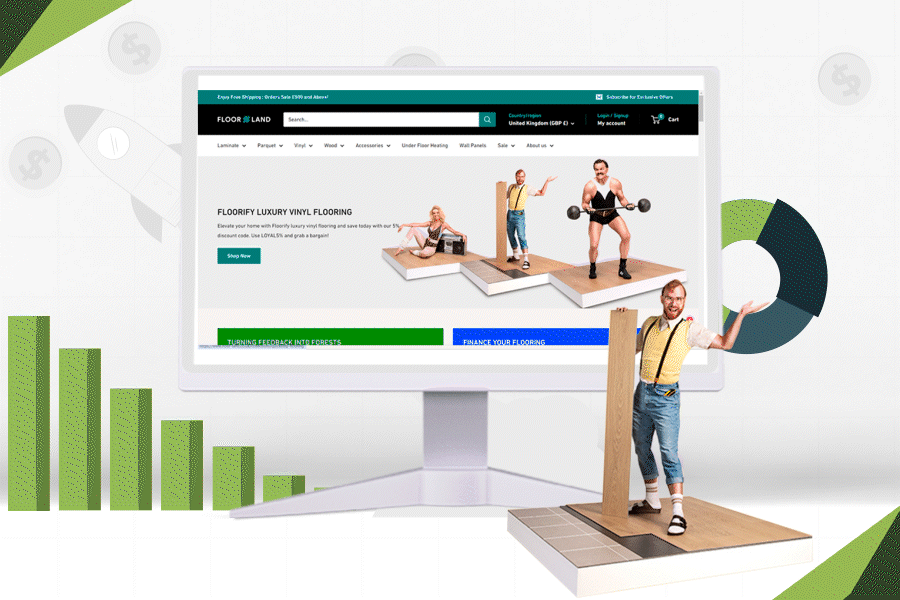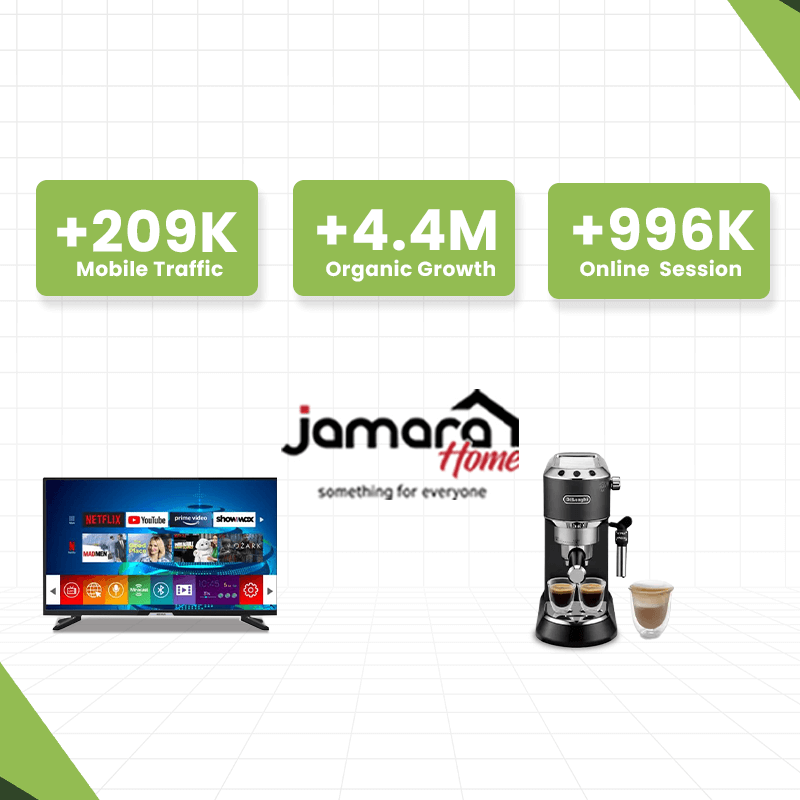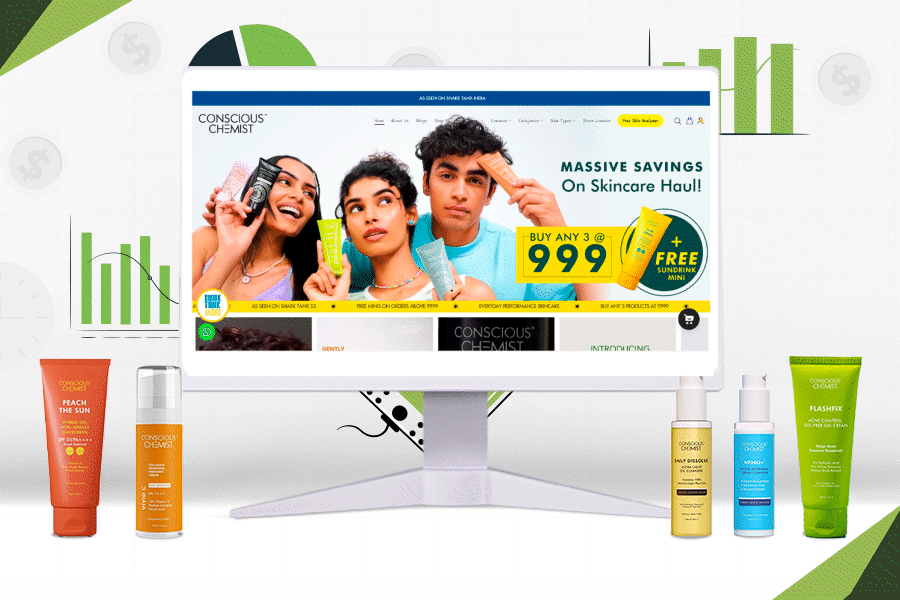In today’s fast-paced digital market, e-commerce has become the go-to method for shopping and interacting with brands. Yet, what truly differentiates one platform from another in this crowded space? The answer lies in the power of UI/UX design. A well-crafted user interface (UI) and user experience (UX) not only enhance the shopping experience but are also critical in determining the success of e-commerce platforms.
While many businesses focus on technology, product quality, and marketing strategies, they often overlook the importance of investing in UI/UX design. This blog will explore the critical role of UI/UX in e-commerce success, explain why it’s essential, and highlight the key elements needed to create a winning e-commerce platform.
The Role of UI/UX Design in E-commerce Success
The difference between a successful and unsuccessful e-commerce platform often boils down to effective UI/UX design. Think about it: Would you prefer to shop in a well-lit, beautifully organized store with a great product display or a dimly lit, cluttered store with confusing layouts? The same logic applies to online shopping.

Let’s dive deeper into the specific ways in which great UI/UX design contributes to the success of e-commerce businesses:
1. Attracts New Customers
First impressions matter, especially in the digital world. A visually appealing and intuitive UI/UX design E-commerce acts as a magnet for new customers. On average, users spend less than a minute on an e-commerce website they're visiting for the first time. A captivating design ensures they stay longer and explore more. For example, Amazon’s user-friendly interface makes it a popular choice for first-time online shoppers.
2. Boosts Sales
A seamless UI/UX design directly translates into higher conversion rates and increased sales. When a website or app is easy to navigate and meets users’ needs, customers are more likely to make purchases. For instance, Myntra’s engaging design and smooth browsing experience have contributed to a rise in sales by simplifying the shopping process.
3. Improves Accessibility and Product Visibility
Superior UI/UX design ensures that products are easily discoverable. The arrangement of product images, catalog pages, reviews, and pricing information plays a crucial role in determining customer engagement.
4. Builds a Strong Brand Presence
Consistent and unique UI/UX design helps carve out a distinct brand identity. When elements like brand colors, fonts, and website design come together cohesively, customers begin to recognize and recall the brand easily.
5. Retains Existing Customers
A great UI/UX design can help retain customers by providing a satisfying shopping experience. Platforms like Blinkit, with their simple yet effective UI, encourage customers to return time and again due to the ease of use and accessibility they offer.
6. Provides an Edge Over the Competition
An innovative and user-friendly UI/UX design gives e-commerce platforms a significant competitive edge. A smooth user experience, professional graphic elements, and inviting typography can make a platform stand out from its competitors.
7. Saves Developmental Costs
Investing in a well-thought-out UI/UX design strategy can reduce long-term development costs. A good design minimizes the need for frequent updates and fixes, saving both time and money.
8. Contributes to Organic Growth and SEO Optimization
A user-friendly UI/UX design can enhance user experience, leading to better SEO rankings and organic growth. For instance, Zomato’s clean UI and intuitive design improve user retention, leading to higher traffic and top search engine rankings.
9. Builds Credibility
A well-designed, professional-looking online store instills confidence in shoppers. A poor design with lagging interactions, cluttered layouts, and excessive load times can make a site seem untrustworthy. Big Basket, with its intuitive UI and easy navigation, is a great example of how good design builds credibility.
Key Elements of UI/UX Design for E-commerce Success
So, what makes a UI/UX E-commerce design successful in the e-commerce space? Here are the key elements:
- Intuitive Navigation: Ensure users can easily find what they’re looking for.
- Responsive Design: Adapt the design for different devices to provide a seamless experience.
- Clear Product Presentation: Use high-quality images, detailed descriptions, and reviews to present products effectively.
- Streamlined Checkout Process: Make the checkout process as simple and quick as possible.
- Personalized User Experience: Use data to personalize the shopping experience for each customer.
- Compelling Call-to-Action Buttons: Use strategic placement and design to encourage user actions.
By focusing on these elements, you can create an e-commerce platform that not only attracts new customers but also retains existing ones and drives growth.
UI/UX Design E-commerce: Conclusion
UI/UX E-commerce design is a powerful tool in the e-commerce arsenal. It influences customer satisfaction, fosters brand loyalty, and drives business success. As the digital landscape continues to evolve, so does the importance of user-centric designs. Whether you’re running a small online shop or a large e-commerce giant, investing in UI/UX design will be your key to success.


